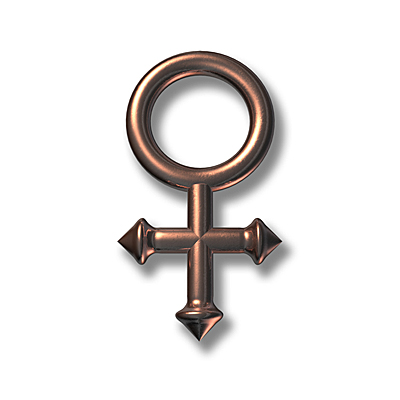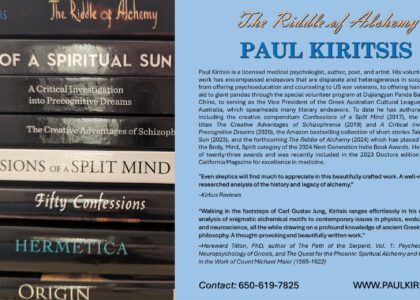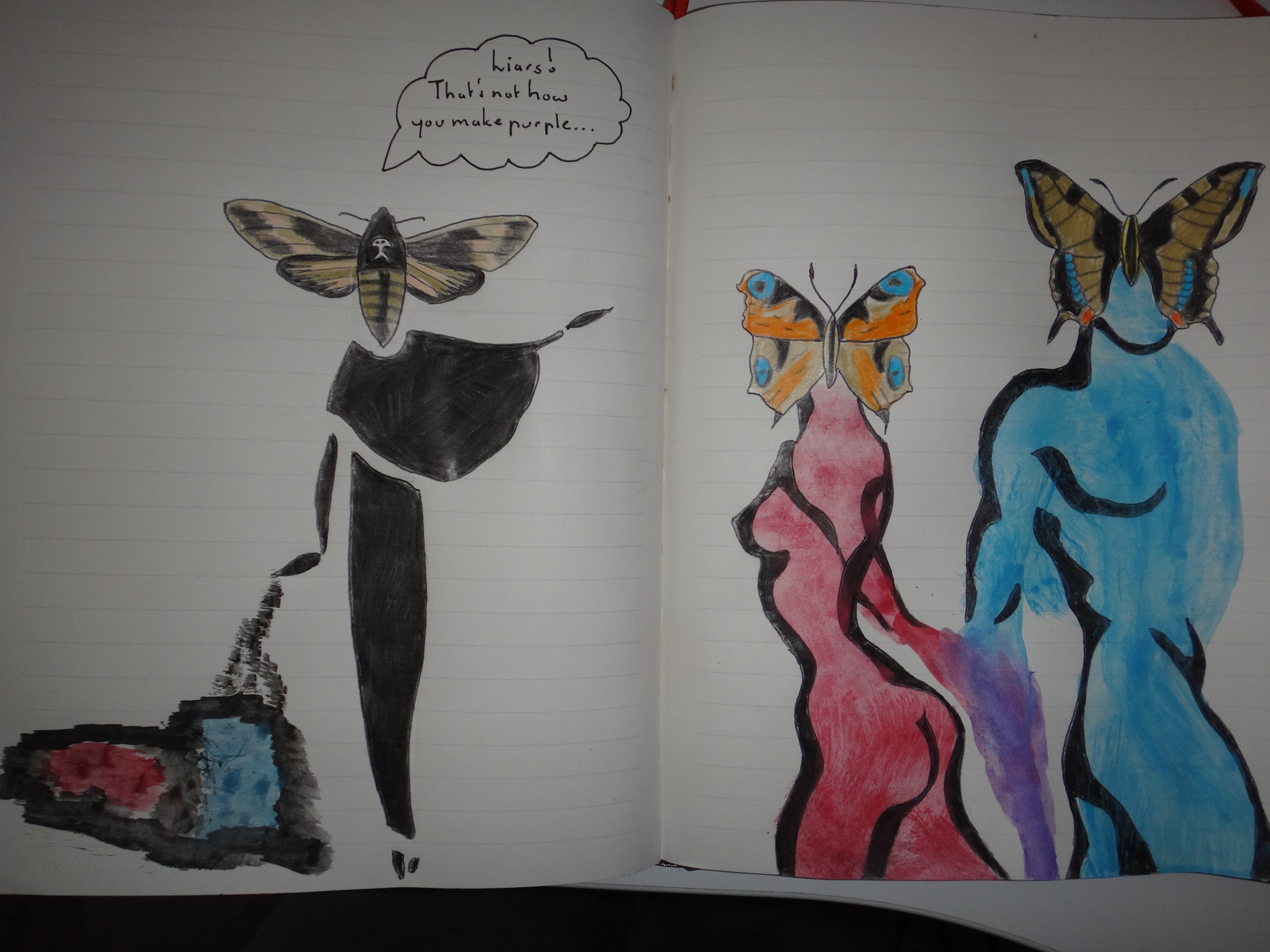
Thus far we have discerned that the metal gold and the Sun represent the active, masculine aesthetic polarity on the cosmological totem pole of pure consciousness. Alternatively, the metal silver and the moon are exoteric markers for the passive, feminine aesthetic polarity on the same cosmological design. Planets and metals are active and passive manifestations of generative powers on a coloured spectrum of consciousness which is itself preponderated by a positive and negative elementary transformative schism induced by the initial rupture within the primordial power, the first substance or materia prima. This cosmic phenomenon is exemplified in the symbology of many cultures and traditions, particularly the Chinese yin-yang and the alchemical union of dry Sulphur and moist Mercury.
Whilst the two great lights circumnavigating the cupola of the heavens, the sun and moon, as well as their associate metals in gold and silver could be thought of as the eastern and western horizons of a cosmological domain, the other planets and metals, traditionally five in number, are merely hierarchical variations of incarnated light (the Sun or gold) or pure creative receptivity (the moon or silver). Unlike the two major polarities, these other formative forces are restricted in expression and impure by comparison. In the case of the Venusian force, expressed actively by the planet Venus and passively by the metal copper, the active solar force predominates to such an extent that it overrides all other elemental influences. According to fifteenth-century alchemist Basilius Valentinus (Basil Valentine), the Venusian influence is heeded by copious amount of unsettled solar energy like a bromeliad yellowed by overexposure to sunlight. The quality is immortalised in the symbol for the formative force which is fashioned from two other fundamental shapes, the circle and the cross. The first denotes ethereal solar power, and the second elemental differentiation of the prima materia into ethereal fire, water, earth and air. Seeing that the circle is arranged above the cross, we can safely assume that the elemental differentiations are not dissipated back into the agglomeration of the prima materia, but are instead transposed to a more vigorous level.
Knowledge of the metal itself goes back to about 10,000bce. It appears that gold and lead are the only two metals that were identified and adapted for practical use before copper. Its natural inclination to bind to other metals in the subterranean was not oversighted either. Soon after its discovery, artisans and craftsmen began to alloy it with tin and zinc to produce bronze and brass, respectively. In Egypt, use of the metal was multifarious, It was fashioned into mirrors, statues, vases, pendants, weapons and a great many other ornaments. The Egyptians also employed it for therapeutic purposes like the purification of water and the sterilization of wounds and burns. Verdigris, the green oxy-acetate of copper, was used to soothe afflictions of the eyes but also as a pigment in artwork. In the case of the Greeks we know that it was used widely for military purposes, for Homer reveals in the Iliad that Achilles’ shield was an amalgamation of silver, gold, copper and tin. Between the sixth and third centuries bce, the Romans initiated a trend in which copper was rendered into local currency. Both Julius Caesar and Octavian Augustus had their own coins minted in brass or an amalgamation of copper, lead and tin. Under Imperial Rome the metal was known by the Latin aes Cyprium, a term which denotes its autochthonous state as an alloy and its concentrated existence on the Mediterranean isle of Cyprus, incidentally the abode of the love goddess Aphrodite.








